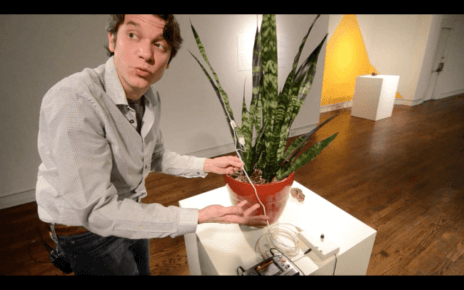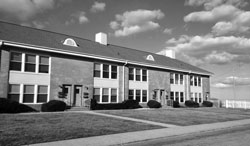While many students went home to avoid being on campus for the wrath of Hurricane Sandy, the University opened up its doors to the outside community and offered up the Multipurpose Activity Center (MAC) and Boylan Gymnaisum as a shelter for 1,050 people from all over the state.
“The MAC is a great facility and is the best facility in Monmouth County for getting a lot of people in shelter for a short period of time,” said President Paul Gaffney II.
Prior to Hurricane Sandy’s arrival, Gaffney and the Vice Presidents discussed the forecast of the storm and decided to close school on that Monday and Tuesday. As the storm continued to trek North, the University was contacted by the State Office of Homeland Security and Preparedness and the County Office of Emergency Management and Sheriff’s Office, who inquired about using the MAC and Boylan Gym as temporary emergency shelters. The University agreed, and supplies like food, cots, and blankets began to be brought in.
The layout of the shelter at the MAC changed as more and more evacuees arrived.
Boylan Gym was split in half, as one side of the wall was used as a check-in point where people would register and get wrist bands to show they were signed up. Cots were set up on the other side, where people could sleep.
Boylan can fit anywhere from 400-500 people. When more evacuees continued to arrive, they had to begin to use space inside the MAC.
“It quickly filled up and all of the main processing moved to the main lobby of the mac and as they got 400 or so in Boylan, they moved everybody to the floor of the MAC and every inch of the floor was taken up,” said Gaffney.
He added that soon the floor of the MAC filled up and cots where then placed on the track, bringing the total amount of beds to around 1,200.
Despite the widespread power outages in the area, Boylan and the MAC’s electricity were still able to operate thanks to a large generator provided by the county. According to Gaffney, the electricians who work on campus were able to do some inventive actions and extend power to the MAC from the generator attached to Boylan.
People sought shelter in the MAC for 11 days, until students returned to classes last Wednesday. Gaffney explained that other organizations, like the Red Cross, directed people on where to go next.
The University’s custodial staff helped work the shelter and made sure things were kept clean. Gaffney said the staff was fantastic.
“Custodians, who work in the academic and residential buildings, came in without regards to the weather and some worked for over 15 hours,” said Gaffney. “When they weren’t working they were talking to the people who were stranded.”
Evelyn Herrera was one of the custodial staff would did work 15 hour shifts.
“The whole thing was a learning experience,” said Herrera. “We saw every walk of life in that building and I would have to say we learned a lot from them and they learned a lot from us.”
She said everyone in the shelter felt comfortable and it gave many a sense of home. She brought up one story of a couple who was homeless and living in a gazebo in Asbury Park.
“The shelter was a godsend to people like this,” said Herrera. “It was a place where they can come get a hot meal, keep warm and get the help they needed.”
As far as expenses go, ARAMARK fed all the sheriff officers and the Red Cross volunteers, the army, National Guard and the different children services that were here as well said Vice President of Administrative Services Patti Swannack. She said they also had to pay the custodial staff for the long hours they were putting in. The University’s claim to Federal Emergency Management Association (FEMA) should be around $100,000.
Swannack felt sorry for a lot of the people who were in the shelter.
“There were families that came in and for days they didn’t know if their homes were still standing, they really didn’t know,” said Swannack. “But I think it was a model operation. We did everything we possibly could to make them feel comfortable and to try to ease the burden and their stress as much as possible.”
President Gaffney said the University would be happy to allow the MAC to be used as a temporary shelter again in the future, just not for a long term shelter due to conditions.
“It was great for a temporary shelter; there was warmth, light and safety, but the place to live for months or weeks, probably not the best,” he said.
Despite the shelter not being the best for long term, many feel it worked out nicely and President Gaffney said the University will do it again if needed in the future.
“For one, the shelter worked and it also showed that as a community we are able to help each other and give people from our local community help in times of need,” said Herrera.


